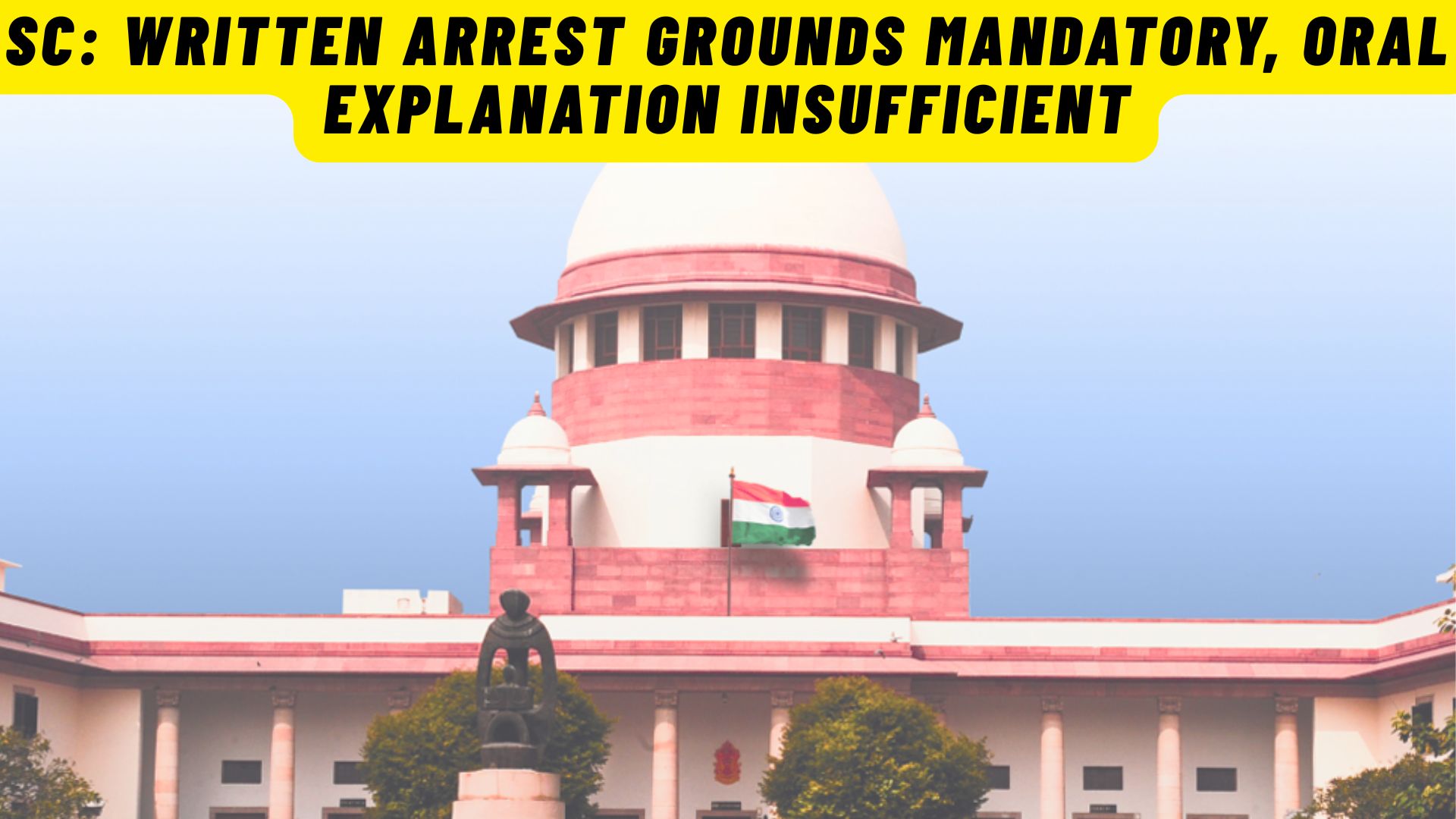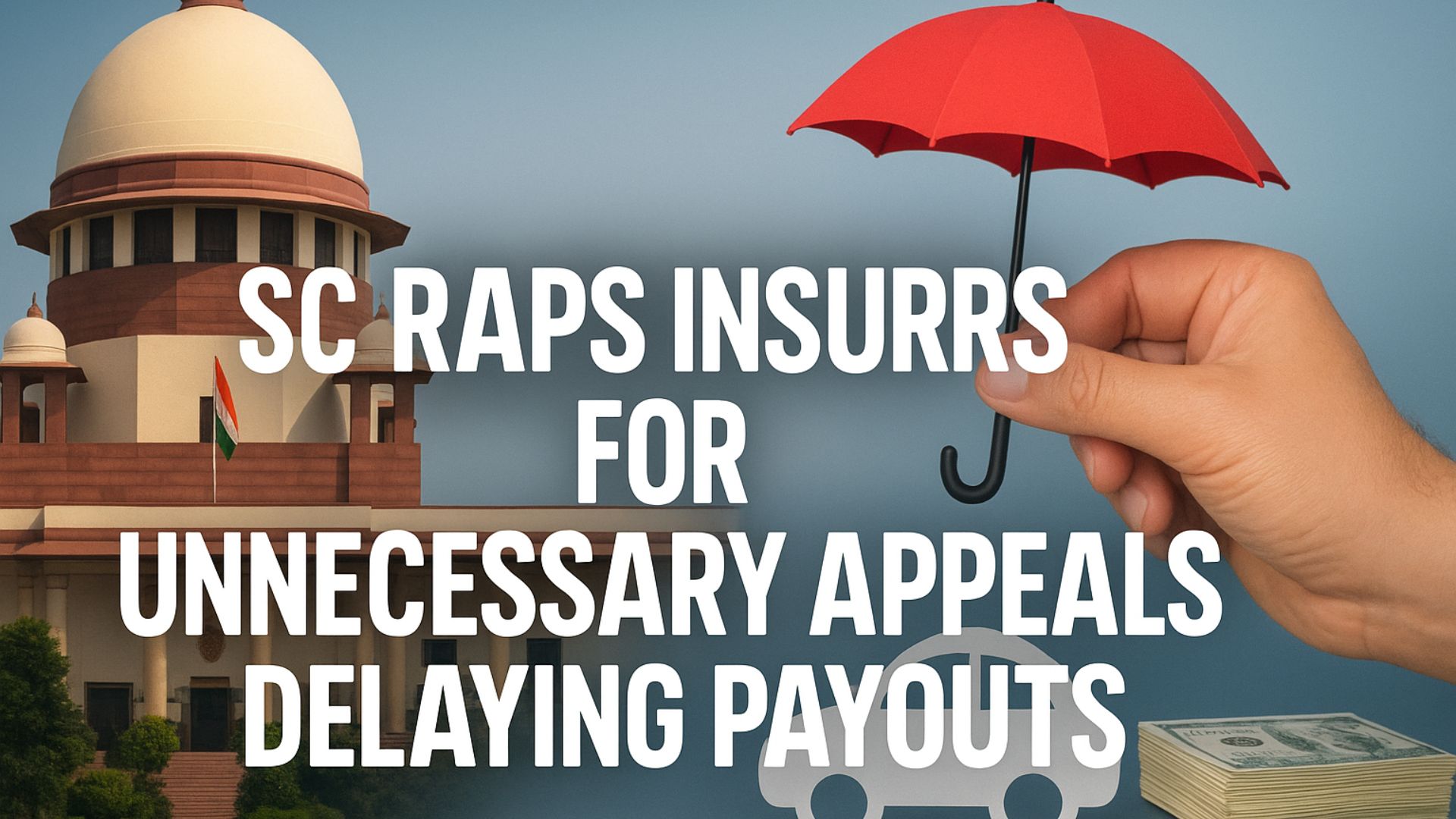1. Heard.
2. By this petition, under Article 226 of the Constitution of India, Petitioner is challenging the impugned order and demand notice issued by the
Respondents for recovery of amount. Prayer clause (b1) reads thus:
(b)(i) Pending the hearing and fnal disposal of the Writ Petition, this Hon'ble Court be pleased to;
(i) stay the effect, implementation and the operation of the Impugned Orders dated 30 March 2021 (Exhibits I - K ) and the Demand Notices dated 16
April 2021 (Exhibits L-N); and to (ii) Restrain and prohibit the Respondent, his servants, offcers, agents from in any manner acting upon and/or
implementing the Impugned Orders dated 30 March 2021 (Exhibits I-K) and the Demand Notices dated 16 April 2021 (Exhibits L-N).
3. The learned counsel for the Petitioner submits that Apex Court in the matter of Ghanshyam Mishra and Sons Private Limited through the
Authorized Signatory vs. Edelweiss Asset Reconstruction Company Limited Through The Director and Others, 2021 SCC Online SCC 313 held that
on the date of approval of resolution plan by the Adjudicating Authority, no person will be entitled to initiate or continue any proceedings in respect of a
claim. He relies on paragraph 86, 87 and 95 of the said judgment which reads thus:
86. As discussed hereinabove, one of the principal objects of I&B Code is, providing for revival of the Corporate Debtor and to make it a going
concern. I&B Code is a complete Code in itself. Upon admission of petition under Section 7, there are various important duties and functions entrusted
to RP and CoC. RP is required to issue a publication inviting claims from all the stakeholders. He is required to collate the said information and submit
necessary details in the information memorandum. The resolution applicants submit their plans on the basis of the details provided in the information
memorandum. The resolution plans undergo deep scrutiny by RP as well as CoC.
In the negotiations that may be held between CoC and the resolution applicant, various modifcations may be made so as to ensure, that while paying
part of the dues of fnancial creditors as well as operational creditors and other stakeholders, the Corporate Debtor is revived and is made an on- going
concern. After CoC approves the plan, the Adjudicating Authority is required to arrive at a subjective satisfaction, that the plan conforms to the
requirements as are provided in subsection (2) of Section 30 of the I&B Code. Only thereafter, the Adjudicating Authority can grant its approval to
the plan. It is at this stage, that the plan becomes binding on Corporate Debtor, its employees, members, creditors, guarantors and other stakeholders
involved in the resolution Plan. The legislative intent behind this is, to freeze all the claims so that the resolution applicant starts on a clean slate and is
not fung with any surprise claims. If that is permitted, the very calculations on the basis of which the resolution applicant submits its plans, would go
haywire and the plan would be unworkable.
87. We have no hesitation to say, that the word ""other stakeholders"" would squarely cover the Central Government, any State Government or any
local authorities. The legislature, noticing that on account of obvious omission, certain tax authorities were not abiding by the mandate of I&B Code
and continuing with the proceedings, has brought out the 2019 amendment so as to cure the said mischief. We therefore hold, that the 2019
amendment is declaratory and clarifcatory in nature and therefore retrospective in operation.
95. In the result, we answer the questions framed by us as under:
(i) That once a resolution plan is duly approved by the Adjudicating Authority under sub section (1) of Section 31, the claims as provided in the
resolution plan shall stand frozen and will be binding on the Corporate Debtor and its employees, members, creditors, including the Central
Government, any State Government or any local authority, guarantors and other stakeholders. On the date of approval of resolution plan by the
Adjudicating Authority, all such claims, which are not a part of resolution plan, shall stand extinguished and no person will be entitled to initiate or
continue any proceedings in respect to a claim, which is not part of the resolution plan;
(ii) 2019 amendment to Section 31 of the I&B Code is clarifcatory and declaratory in nature and therefore will be effective from the date on which
I&B Code has come into effect;
(iii) Consequently all the dues including the statutory dues owed to the Central Government, any State Government or any local authority, if not part of
the resolution plan, shall stand extinguished and no proceedings in respect of such dues for the period prior to the date on which the Adjudicating
Authority grants its approval under Section 31 could be continued.
4. The learned counsel for the Petitioner also relies on judgment of the Apex Court in the matter of Alchemist Asset Reconstuction Company Limited
vs. Hote Gaudavan Mohite 4/7 43 wpl11870-21.odt Private Limited and Others, (2018) 16 SCC 94. Paragraph 4 and 5 reads thus:
4) The mandate of the new Insolvency Code is that the moment an insolvency petition is admitted, the moratorium that comes into effect under
Section 14(1)(a) expressly interdicts institution or continuation of pending suits or proceedings against Corporate Debtors.
5) This being the case, we are surprised that an arbitration proceeding has been purported to be started after the imposition of the said moratorium and
appeals under Section 37 of the Arbitration Act are being entertained. Therefore, we set aside the order of the District Judge dated 06.07.2017 and
further state that the effect of Section 14(1)(a) is that the arbitration that has been instituted after the aforesaid moratorium is non est in law.
5. The learned Counsel for the Petitioner also relies on the judgment of the Apex Court in the matter of Committee of Rajendra K. Bhutta vs.
Maharashtra Housing And Area Development Authority and Another, (2020) (13) SCC 208. Paragraph 25 reads thus:
25. There is no doubt whatsoever that important functions relating to repairs and re-construction of dilapidated buildings are given to MHADA.
Equally, there is no doubt that in a given set of circumstances, the Board may, on such terms and conditions as may be agreed upon, and with the
previous approval of the Authority, handover execution of any housing scheme under its own supervision. However, when it comes to any clash
between the MHADA Act and the Insolvency Code, on the plain terms of Section 238 of the Insolvency Code, the Code must prevail. This is for the
very good reason that when a moratorium is spoken of by Section 14 of the Code, the idea is that, to alleviate corporate sickness, a statutory status
quo is pronounced under Section 14 the moment a petition is admitted under Section 7 of the Code, so that the insolvency resolution process may
proceed unhindered by any of the obstacles that would otherwise be caused and that are dealt with by Section 14. The statutory freeze that has thus
been made is, unlike its predecessor in the SICA, 1985 only a limited one, which is expressly limited by Section 31(3) of the Code, to the date of
admission of an insolvency petition up to the date that the Adjudicating Authority either allows a resolution plan to come into effect or states that the
corporate debtor must go into the liquidation. For this temporary period, at least, all the things referred to under Section 14 must be strictly observed so
that the corporate debtor may fnally be put back on its feet albeit with a new management.
6. On the basis of these facts and the law, the learned counsel for the Petitioner submits that this Hon'ble Court be pleased to grant interim relief in
terms of prayer clause (b)
(i) as reproduced hereinabove.
7. At this stage, the learned Special Counsel for the State submits that he received instruction from the concerned offcer that during the pendency of
the matter before the National Company Law Tribunal, Mumbai Bench, they will not take any coercive action against the Petitioner for recovery of
amount as per orders passed by Deputy Commissioner of Sales Tax under section 25 of the Maharashtra Value Added Tax, 2002 and Notice of.odt
under section 9(2) of the CST Act, 1956 read with section 32 of the MVAT Act, 2002. He submits that to place on record these facts, he requires
some time. On his request, and the submission made by him, following order is passed:
a. Liberty granted to the Respondent State to fle their affdavit with copy to other side on or before 23.07.2021.
b. Matter to appear on board on 27.07.2021.
c. Till next date, Respondents are restrained from taking any coercive action against the Petitioner on the basis of impugned orders and demand
notices issued by them.

